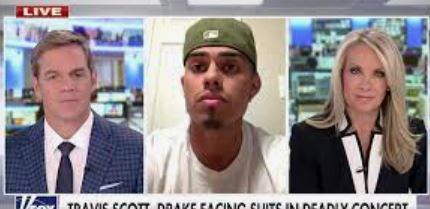


Police Response to Astroworld Tragedy Shows Importance of Timing, Risk Management
John Guilfoil writes…
The Astroworld Tragedy is gut-wrenching. Media reporting about it, especially a New York Times story today, reminds us how important professional journalism is to finding the truth behind a major incident. In the story, a source tells the Times that Houston Police Chief Troy Finner shared concerns about crowd control directly with performer Travis Scott in a visit right before the show.
A well-known rapper and recording artist, Scott is facing mounting pressure around his failure to calm fans or stop the show when serious trouble began—in terms of legal action as well as in the court of public opinion.
In a PR crisis, communicators must work directly with management and other decision makers to plan ahead and then monitor media and social conversations closely. Sometimes you respond to them immediately, in other instances you don’t. The Times story raises questions that beg for answers.
A Well-Timed Narrative
The Houston police department ostensibly attempted to reason with performers before the show started. Houston PD is fortunate that the Times found a source who mentioned Finner visited Scott before the show and expressed concern around the exuberant crowd.
On the other hand, Finner’s visit indicates that Houston PD knew there were potential problems. The question certainly will be asked: If police knew there were major risks, why didn’t Houston officials pull the show’s permits? Will concerns rise about an eagerness to proceed with “Post COVID” life events? What answers will the inevitable “money question” bring? As it prepares to answer, Houston PD has already tightened the valve of communication, with a spokeswoman declining to comment on the timeline of Finner’s visit.
Seeing Finner’s account early in the press cycle is somewhat of a rarity. All too often, municipal entities feel muzzled or decline to speak openly about high-profile tragedies. And the city of Houston is only one entity among many that will have to respond to this crisis: NRG Park management, LiveNation and Scott are facing, and will continue to face, a lot of heat. The Times article also suggests onsite medical providers ParaDocs had a role. The certain involvement of legal counsel and active investigations, of course, plays a major role in the lack of public commentary.
For the rest, click here.